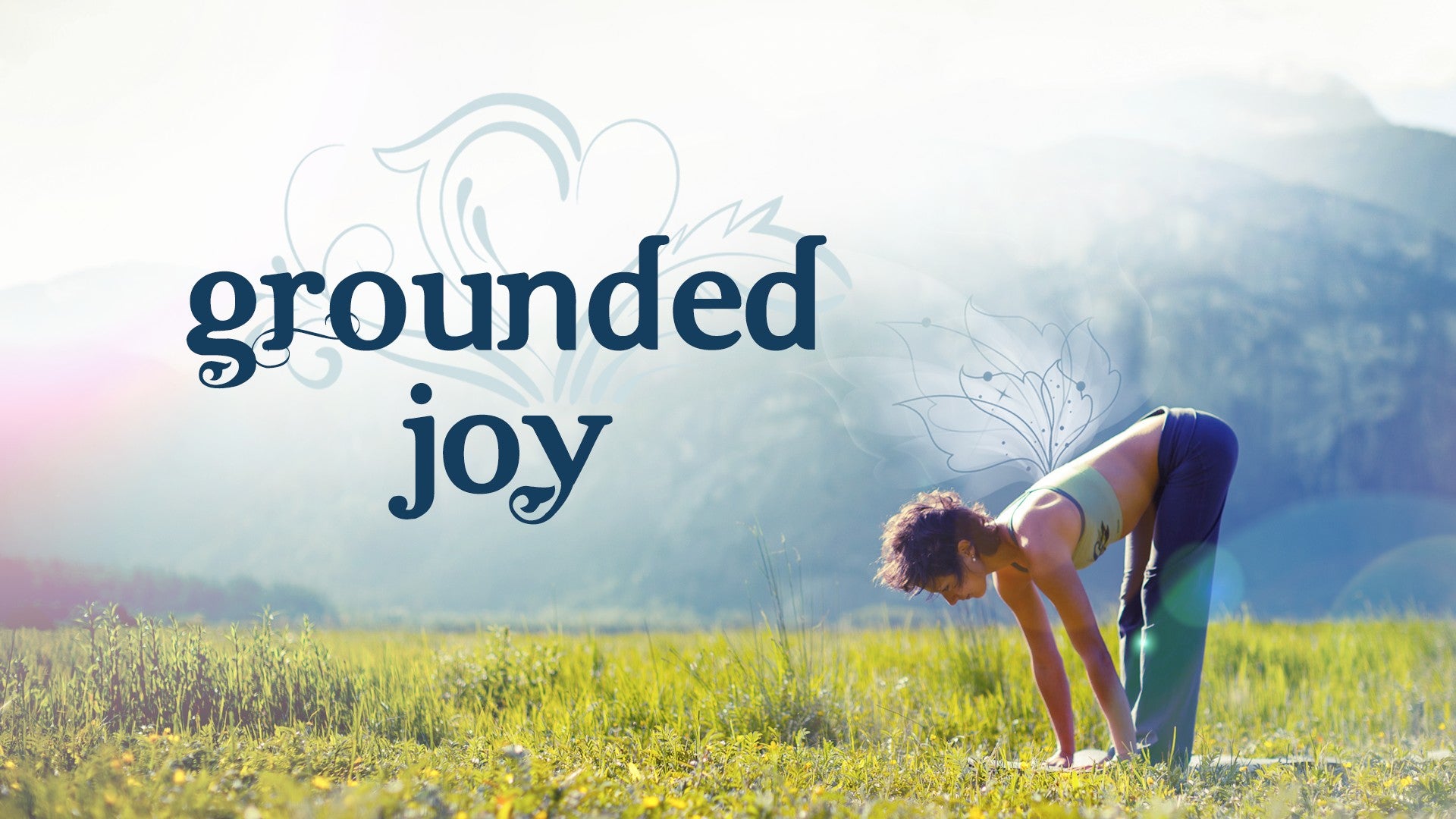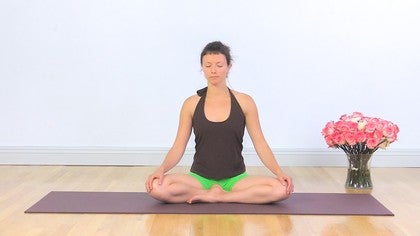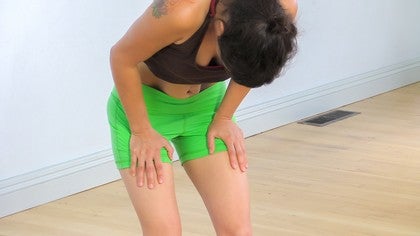Description
About This Video
Transcript
Read Full Transcript
(waves crashing) Hi, so let's take a look at a practice called Kapala Bhati, which translates to skull shining breath. And maybe some of you have practiced this before. Maybe some of you haven't. But it is practiced in a variation of strengths, so you can speed it up or you can slow it down. You could allow the pumpings, or the exhales, to be quite sharp and strong or you could allow them to be soft.
Maybe that would promote longevity in the duration of the practice. But let's start off nice and slow. So I like to think about this Pranayama like a bouncy ball in the lower belly, and that place in the lower belly is about four finger widths below the navel. I'm actually just gonna pull my shirt up for this one so that you can see the action happening in the lower belly point. So about four finger widths below the navel and in between the two frontal hip bones, the lower band of abdominals is a nice place to snap the belly back from.
So it's a forced exhalation, and maybe forced isn't actually the right word for it, but it's a stronger exhalation like a bouncy ball snapping the belly back towards the spine and then the inhalation is passive. So not only is the energy here snapping back towards the spine, but it's also moving up towards the skull hence the name skull shining breath. So this Pranayama is, it actually activates the sympathetic nervous system, and then in the residue after the Pranayama, the parasympathetic nervous system, the rest and digest and healing nervous system actually comes into play. So it's a little bit intense in a way, and then afterwards there's the residue of it is a real relaxation. So let's take a look at it.
So the exhale looks a little bit something like this. So the exhale's sharp, and then the inhale is passive. And it doesn't have a sound to it. If you've made a sound to the inhalation, it would be more of a Bhastrika Pranayama, which is a different one. So the exhalation is sharp, and the inhalation is passive.
(breathing sharply) You might have seen it. I actually hardened my diaphragm here in that first one, and then realized I was doing it and moved the pump down into the lower belly. So a lot of people have a ton of tension around the diaphragm, so you might find it hard to move down into the lower belly and let the snappings come from there. Try to do that as much as you can. Maybe take a couple breaths into the upper diaphragm and really let it soften.
Focusing on the inhale. In the exhale, pull back the lower belly. So I'll show you that again. (exhaling sharply) So that's what it looks like a little bit. Let's actually practice it together with the hands on the thighs in a comfortable seated position.
Inhaling deeply. Exhaling. Inhaling, and join in whenever you're ready. You can tuck the chin a couple degrees as well. (exhaling sharply) Let's now exhale everything and lean a little bit forwards.
Pause. Wide back, and then inhale up the front of the body. Fill the lungs, lift the entire ribcage a little bit. Maybe you find a cap to the top of your pot of the torso. Be careful not to overstretch the back of the neck, and pause at the top of the inhale.
And when you're ready, smooth and steady exhalation. And just pause in the residue here, just noticing what's happening and what you feel in your energy. There's a little bit of a tingling or an aliveness. If there's anything happening in the skull, the sinuses. Let's practice it one more time.
This time, we'll do it a little bit more intensely. I just wanted to mention that if you are pregnant, it's probably not a good idea to do anything intensely in the belly, because you want to have that space being hospitable for the person that's in there, but I did practice Kapala Bhati when I was pregnant, but I just did it so gently. I still did that Pranayama, and I think the baby liked it. He was actually just like a little hello. It wasn't a strong pull.
So just a side note, but let's do it a little bit more intensely now. Inhale deeply. Exhale fully. Inhale, and join in whenever you're ready. (exhaling sharply) So keep going.
You can practice this up to a minute, maybe working up to three minutes if you like, a little bit longer. But here let's do it a couple more. (exhaling sharply) Exhale everything. Lean a bit forwards and feel the skin of your back is like a cape, softening over your skeleton. Pause.
This is called a cumbaka, a pause. Then inhale, don't let the back of the body fill up the chest. Let the whole ribcage be like a hot air balloon lifting up. Maybe capping it with a Jalandhar Bandha, sliding the chin forwards and down. Hold for as long as you like, and without the jaggedness to the breath, let the head lift in just a smooth, steady exhalation.
And then just pause in the residue of this for a couple moments. Just notice how you feel, if this wakes you up a little bit more or calms you down. If you feel more spacious. And if you feel a little bit jittery, you might've been going too far. So that's something really important to notice in Pranayama practices.
I hope you enjoyed it. Namaste.
Grounded Joy
Comments
You need to be a subscriber to post a comment.
Please Log In or Create an Account to start your free trial.













